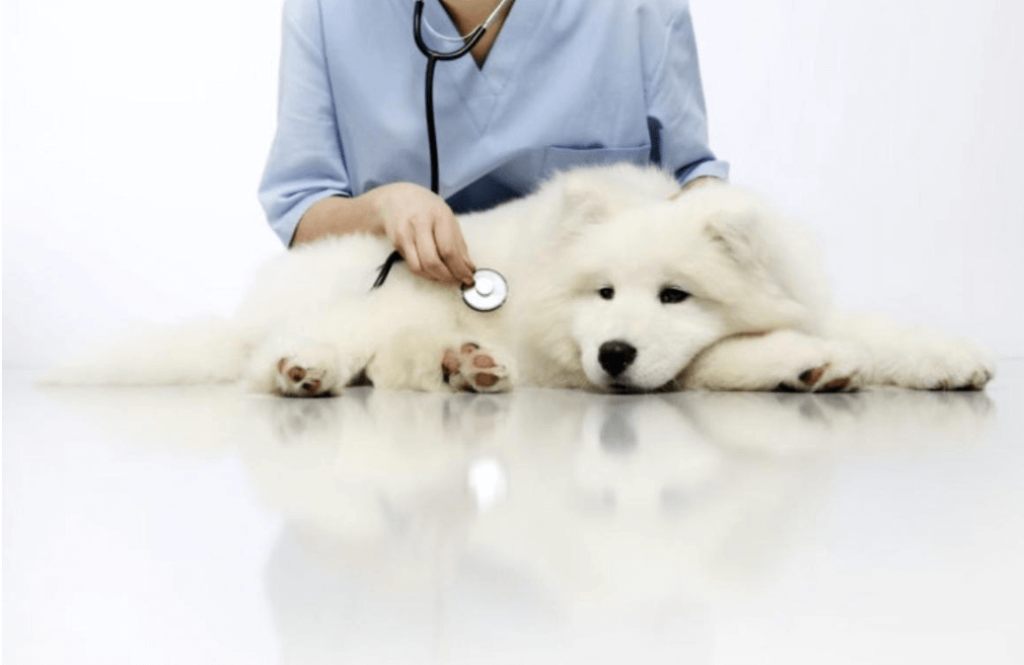
Stomach bloating is something every large breed dog owner should know about. Recognizing the early indications of bloating in dogs and implementing effective preventive measures can be the difference between life and death for your companion.
Gastric dilatation is the medical term for bloat, while severe cases involving a twisted stomach are referred to as gastric dilatation-volvulus (GDV). While any dog or cat can experience bloat, it is more prevalent in large breed, deep-chested dogs such as Great Danes, German Shepherds and Berger Blanc Suisse.
The exact causes of bloat remain elusive, but certain factors are linked to an increased risk, including:
- A breed’s genetic predisposition
- Fast eating habits
- The use of elevated feeding bowls
- Consumption of dry food with high fat/oil content
- Large meals versus multiple smaller ones
- Exercising on a full stomach
- Excessive water intake at once
When excess gas accumulates in the stomach, it leads to distension that obstructs both the entrance and exit, preventing the dog from expelling gas normally. The pressure from the gas compromises blood flow to the stomach wall, causing tissue injury. This pressure also affects blood vessels, leading to cardiovascular shock and circulatory issues. In severe cases, the stomach may twist, exacerbating the condition and requiring emergency surgical intervention to prevent a painful death.
What Are the Common Signs of Bloating?
Recognizing signs of bloating is crucial. Bloating dogs exhibit sudden discomfort, restlessness, pacing, drooling, panting, blue gums or tongue, and a potentially distended belly. Your dog may also try to vomit without success. If you see signs of bloating, seek immediate medical attention! Early treatment can prevent further complications such as stomach twisting.
What Is the Treatment for Bloat in Dogs?
Treatment may involve antibiotics, pain medication, intravenous fluids to combat shock, and abdominal x-rays to assess stomach twisting. Decompression of the stomach is crucial, achieved by inserting a tube or passing a needle to release gas. Surgery may be required to reposition and secure the stomach, with removal of damaged tissue.
Steps That Help Prevent Gastric Dilatation
To prevent bloat, refrain from using elevated feeding bowls (they were once thought to help but now studies show they actually increase incidence), use warm water or bone broth to soften kibble, consider purchasing a “slow feeding” dog bowl and avoid exercise immediately before or within two hours after a meal.
What About Prophylactic Gastropexy?
Even though bloating is rare in Dances with Wolves Ranch dogs, it is a condition that is associated with the Berger Blanc Suisse breed. Some people have asked us about prophylactic gastropexy. This is a surgery that prevents a dog’s stomach from flipping or twisting in the future. There are many opinions about this; it may just come down to what feels right for you after discussion with your vet.
A couple of things to consider is that this is a relatively major surgery for the dog and will be expensive. And, it is also important to note that there are always risks associated with any surgery. Once complete, a dog can still have bloating (but, won’t have the serious risk of stomach twist).
If you do elect to have a prophylactic gastropexy performed on your dog, we encourage you to find a facility that offers it as a laparoscopic procedure which is less invasive and has a shorter recovery time.
Check Out Our Available Berger Blanc Suisse Dogs and Puppies!
